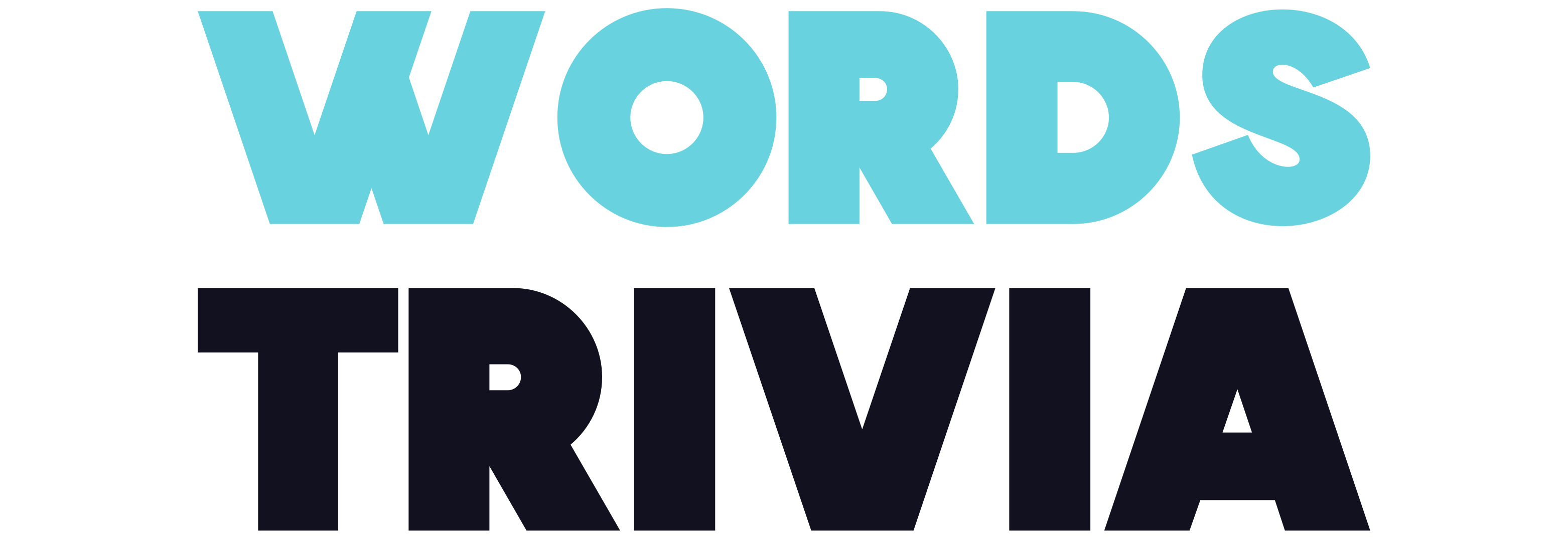Introduction to Code-Switching
We live in a globalized world, where communication across different languages and cultures is an everyday occurrence. This reality has led to the rise of a fascinating linguistic phenomenon known as code-switching. Code-switching is the practice of alternating between two or more languages or language varieties in a single conversation. It is a common practice among bilinguals and multilinguals; it's a way of juggling different linguistic identities and navigating the complexities of daily life.
The Science behind Code-Switching
Code-switching is not haphazard or random. It is a complex and structured linguistic strategy that requires an advanced level of language proficiency and cognitive flexibility. Code-switchers often follow inherent syntactic and grammatical rules, switching languages at appropriate junctures in sentences without causing confusion.
The ability to code-switch is a testament to the brain's remarkable flexibility and adaptability. Neurologically, code-switching requires both languages to be "on" simultaneously, demanding a high level of cognitive control and mental agility. This is one of the reasons why bilinguals and multilinguals often exhibit enhanced cognitive abilities, including better problem-solving skills and a heightened ability to multitask.
The Sociolinguistics of Code-Switching
Code-switching is more than just a linguistic feat; it also carries significant sociolinguistic implications. It often reflects the speaker's social identity, cultural affiliations, and the situational context. For instance, a person might switch from English to Spanish when talking to a family member to express intimacy, or switch from a regional dialect to the standard language in a formal setting to convey professionalism.
Moreover, the choice of language in code-switching can be a powerful tool for establishing in-group membership or asserting a particular identity. For instance, the use of certain slang or colloquial terms can signal belonging to a specific age group, social class, or cultural community.
Code-Switching in a Multicultural Society
In today's increasingly multicultural societies, code-switching is a valuable skill that can facilitate cross-cultural communication and understanding. It allows speakers to navigate seamlessly between different cultural and linguistic spaces, fostering a sense of belonging in multiple communities.
Code-switching can also be a powerful tool for inclusion, as it can help bridge communication gaps. For instance, in classrooms with culturally and linguistically diverse students, teachers who are able to code-switch can create a more inclusive and engaging learning environment.
However, it's important to note that code-switching can sometimes be met with resistance or misunderstanding. This is often due to societal biases that associate monolingualism with linguistic purity and authenticity, thus stigmatizing code-switching as a form of linguistic impurity or incompetence. It's crucial to debunk these misconceptions and recognize code-switching for what it truly is - a testament to linguistic diversity and cognitive flexibility.
The Future of Code-Switching
With the world becoming increasingly interconnected and multilingual, code-switching is set to become even more prevalent. As we navigate this changing linguistic landscape, it's important to embrace code-switching as a natural, enriching part of our linguistic repertoire.
Moreover, the value of code-switching extends beyond personal communication. In an era of artificial intelligence and machine learning, understanding the complexities of code-switching can help develop more sophisticated language models and translation systems, thereby enhancing our ability to communicate across language barriers.
In conclusion, code-switching is a fascinating linguistic phenomenon that reflects the complexities of our social and cognitive worlds. It is a testament to our ability to navigate multiple languages and cultures in our daily lives, enriching our communication and broadening our perspectives. As we move toward an increasingly globalized future, let's celebrate and embrace the diversity and adaptability that code-switching represents.
